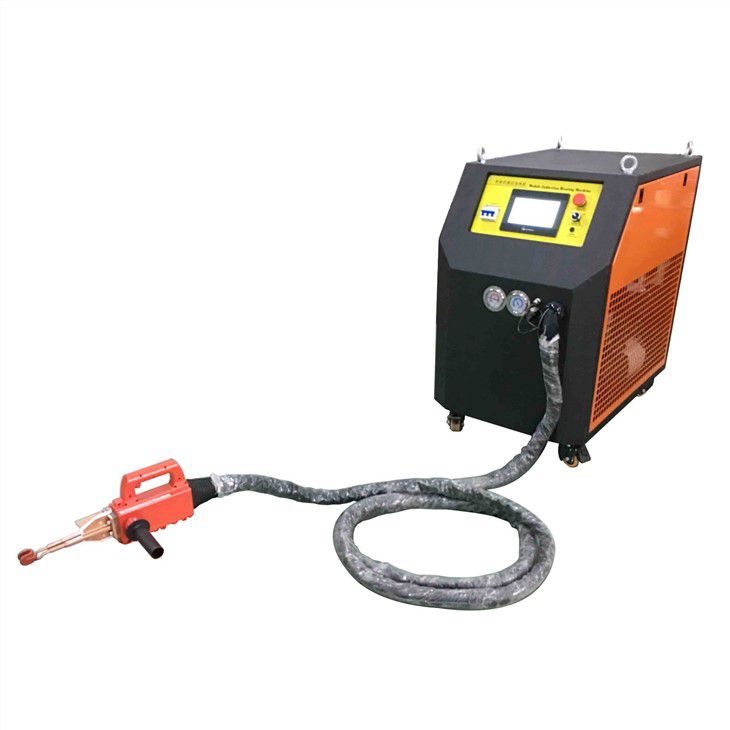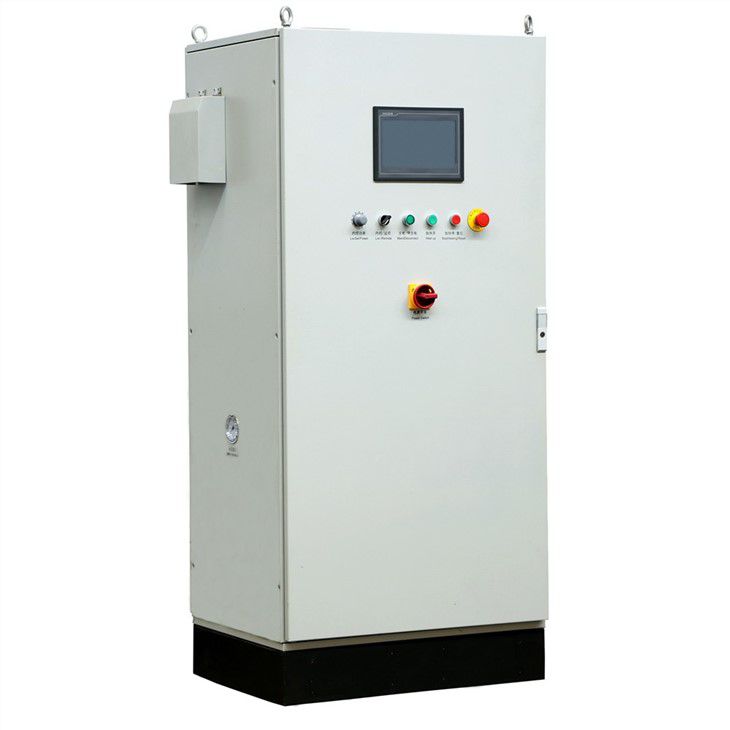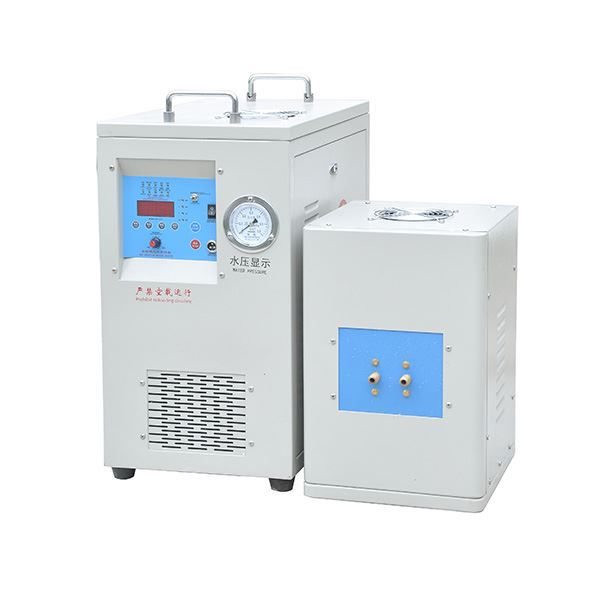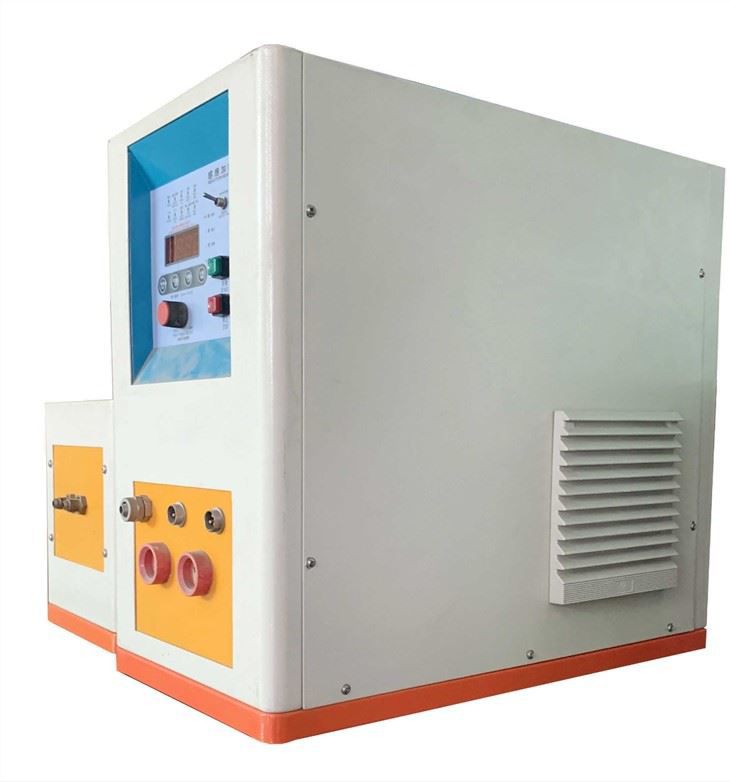- UHF Induction Heating Machine
- HF Induction Heating Machine
- MF Induction Heating Machine
- Induction Heat Treatment Machine
- Air Cooled Induction Heater
- CNC Hardening Machine Tool
- Induction Brazing Systems
- Portable Induction Heater
- Induction Forging Machine
- Metal Melting Furnace
- Induction Coils
- Resistance Furnace
- Infrared Thermometer
- Industrial Cooling Machine
- Induction Heating Transformers
- Custom Induction Heating Systems
- UHF Induction Heating Machine
- HF Induction Heating Machine
- MF Induction Heating Machine
- Induction Heat Treatment Machine
- Air Cooled Induction Heater
- CNC Hardening Machine Tool
- Induction Brazing Systems
- Portable Induction Heater
- Induction Forging Machine
- Metal Melting Furnace
- Induction Coils
- Resistance Furnace
- Infrared Thermometer
- Industrial Cooling Machine
- Induction Heating Transformers
- Custom Induction Heating Systems
Enquire
The Magic of Induction Heating
The charm of induction heating
Induction heating is a fascinating phenomenon that uses electromagnetic fields to heat up electrically conductive materials, such as metals. It is based on the principle of transformer action, where an alternating current in a primary coil induces currents in a secondary coil or a metal object. These induced currents, also called eddy currents, flow through the resistance of the material and generate heat by Joule heating. Induction heating can also cause heat in magnetic materials due to hysteresis losses.
Induction heating has many applications in various fields, such as metalworking, heat treatment, melting, brazing, soldering, and annealing. It can also be used to heat non-conductive materials, such as plastics or ceramics, by using a conductive susceptor that transfers heat to the material by conduction or radiation. Induction heating is especially useful for heating materials that are difficult to heat by other methods, such as refractory metals or semiconductors. Induction heating can also provide precise and uniform heating, as well as fast and efficient heating.
Induction heating is also used in induction cooktops, which are a type of electric stove that use induction coils to heat pots and pans without heating the cooktop surface. Induction cooktops are more energy-efficient, safer, and faster than conventional electric or gas stoves. They also offer better temperature control and easier cleaning.
Induction heating is truly a magical process that can create heat from electricity and magnetism. It is a versatile and powerful technology that has many benefits and advantages over other heating methods. I hope you enjoyed learning about the magic of induction heating.
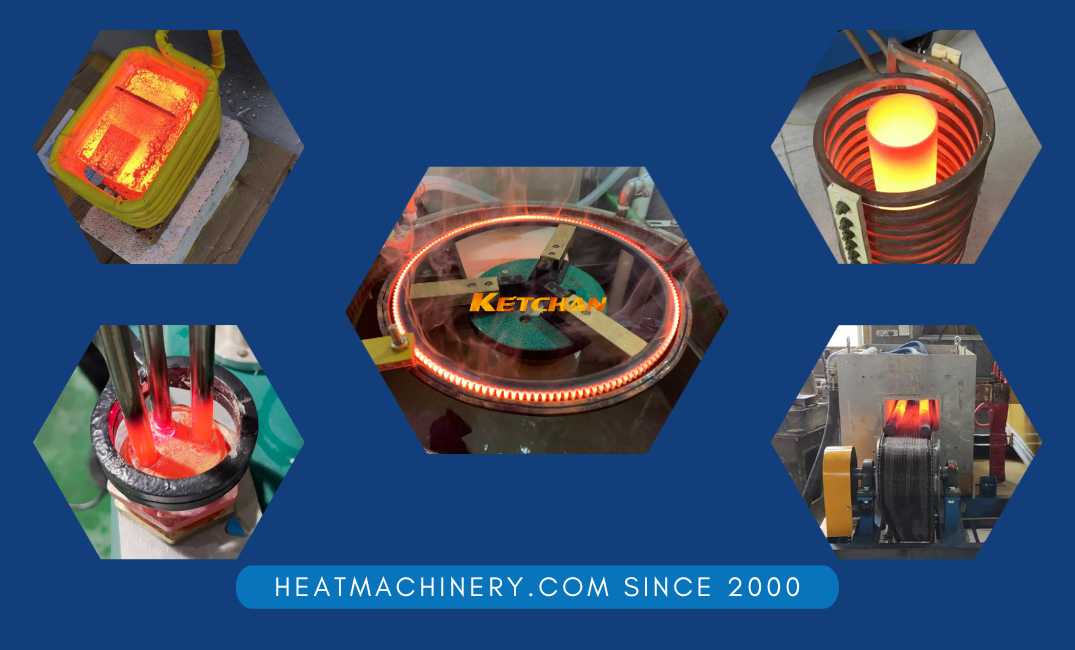
Induction Heating Applications
- Hardening: Induction heating can selectively harden a specific area of a metal part without affecting the rest of the part, improving its strength and durability.
- Tempering: Induction heating can also be used to temper hardened metal parts, reducing brittleness and increasing toughness.
- Annealing: Induction heating can soften a metal part by heating it to a specific temperature and then cooling it slowly, improving its ductility and machinability.
- Stress relieving: Induction heating can relieve residual stresses in welded or forged metal parts, improving their performance and preventing cracking or distortion.
- Brazing: Induction heating can join metal components by melting a filler metal between them, creating a strong and leak-proof bond.
- Soldering: Induction heating can attach electrical or electronic components to metal surfaces by melting a solder alloy between them, creating a reliable and conductive connection.
- Melting: Induction heating can melt metals in crucibles or molds, producing high-quality alloys or castings.
- Heating of liquid or gaseous conductors: Induction heating can heat fluids or gases that are electrically conductive, such as water, oil, plasma, etc.
- Heating of silicon: Induction heating can heat silicon wafers or ingots for semiconductor industries, producing high-purity and uniform crystals.
The future of induction heating
The future of induction heating is promising, as it offers many advantages over other heating methods, such as:
- Energy efficiency: Induction heating only heats the part that needs to be heated, reducing energy waste and saving costs.
- Quality and consistency: Induction heating provides uniform and precise heating, improving the quality and performance of the products.
- Speed and productivity: Induction heating can heat parts faster than conventional methods, increasing the throughput and reducing the cycle time.
- Safety and environmental friendliness: Induction heating does not produce any flames, smoke, noise, or harmful emissions, making it safer for the workers and the environment.
Some of the emerging trends and innovations in induction heating are:
- Increased demand: The demand for induction heating is expected to grow as more industries adopt it for their processes. For example, induction heating is widely used in the automotive industry for hardening gears, shafts, bearings, etc… It is also used in the aerospace industry for brazing turbine blades, fuel nozzles, etc… Induction heating is also gaining popularity in the medical industry for sterilizing surgical instruments, sealing ampoules, etc…
- Established and matured processes: The processes of induction heating are well-developed and optimized by experts and manufacturers. For example, Ambrell Corporation is a leading provider of induction heating solutions that can customize their equipment to suit different applications. KETCHAN Corporation is another company that offers a wide range of induction heating products and services for various industries.
- New applications and research: Induction heating has many potential applications that are yet to be explored or developed. For example, induction heating can be used for energy generation, nano-particle production, virus protection, etc… Himmelwerk is a company that is researching and developing new solutions for induction heating with partners from universities and institutes.
Induction Heating Welding of Solar Cells
Automated Induction Heating Assembly for Electric Vehicle Motors
Induction Heating Solder for 5G Filter
Share this article to your platform:
